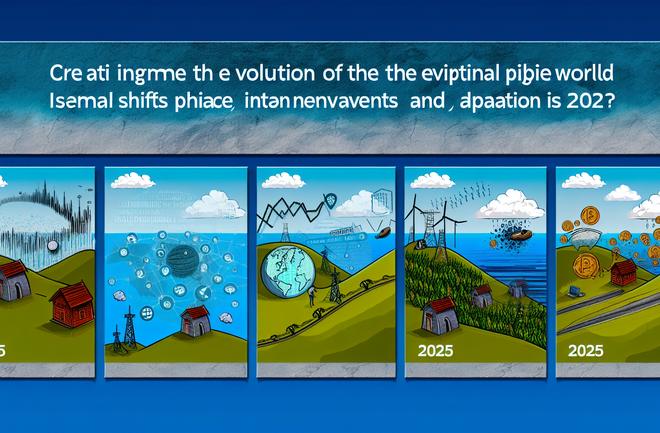
The Silent Strategy: How Sequoia Capital Weathered the Storm
In the fast-paced world of venture capitalism, where decisions can make or break the fortune of companies, strategic communication plays a crucial role. This week, Sequoia Capital, one of Silicon Valley’s most influential venture capital firms, opted for an unconventional approach to manage a public relations hiccup—silence. The controversy sparked when partner Shaun Maguire’s contentious social media comment ignited public criticism. However, the situation quickly defused, reflecting the effectiveness of their quiet strategy.
Sequoia Capital’s choice to remain silent can be seen as a calculated risk. In an era dominated by immediate reactions and constant connectivity, choosing not to respond might seem counterintuitive. However, it appears that their decision not to engage in the furor led to a natural cooling of tempers. By refraining from making hasty public statements or apologies, Sequoia allowed the online world to direct its attention to the next news cycle.
The dynamics of social media outrages are such that they are often short-lived. What may seem like an all-consuming crisis one day can be eclipsed by new developments the next. Sequoia Capital, with its vast experience in handling business challenges, seems to have accurately assessed this digital discourse pattern. Rather than fueling the flames by constant engagement, they let the outrage subside on its own.
On the surface, Shaun Maguire’s stance and Sequoia Capital’s silence might suggest indifference, but examining their strategy deeper reveals a different picture. By not immediately bowing to public pressure, they may have aimed to avoid setting a precedent of being swayed by every wave of criticism, thereby maintaining a posture of strength and sovereignty.
This method, however, is not without its risks. Silence might be effective in downplaying one incident, but it’s not a one-size-fits-all solution. Remaining consistently unresponsive can alienate stakeholders and lead to a perception of aloofness or a lack of accountability. In this case, the gamble paid off, but it’s a strategy that must be wielded judiciously.
While their immediate non-response worked this time, Sequoia Capital may face scrutiny regarding how it will address such incidents in the future. Balancing transparency with strategic silence is a delicate art, and their approach could serve as a learning point for other firms managing digital-era corporate communications.
The Sequoia episode underscores an essential lesson in the realm of crisis management: not every situation requires a verbal defense. In an age where silence can speak as loudly as words, understanding when to remain quiet and when to engage becomes a vital skill. Sequoia Capital’s recent experience demonstrates that sometimes, saying nothing is precisely the right answer.




